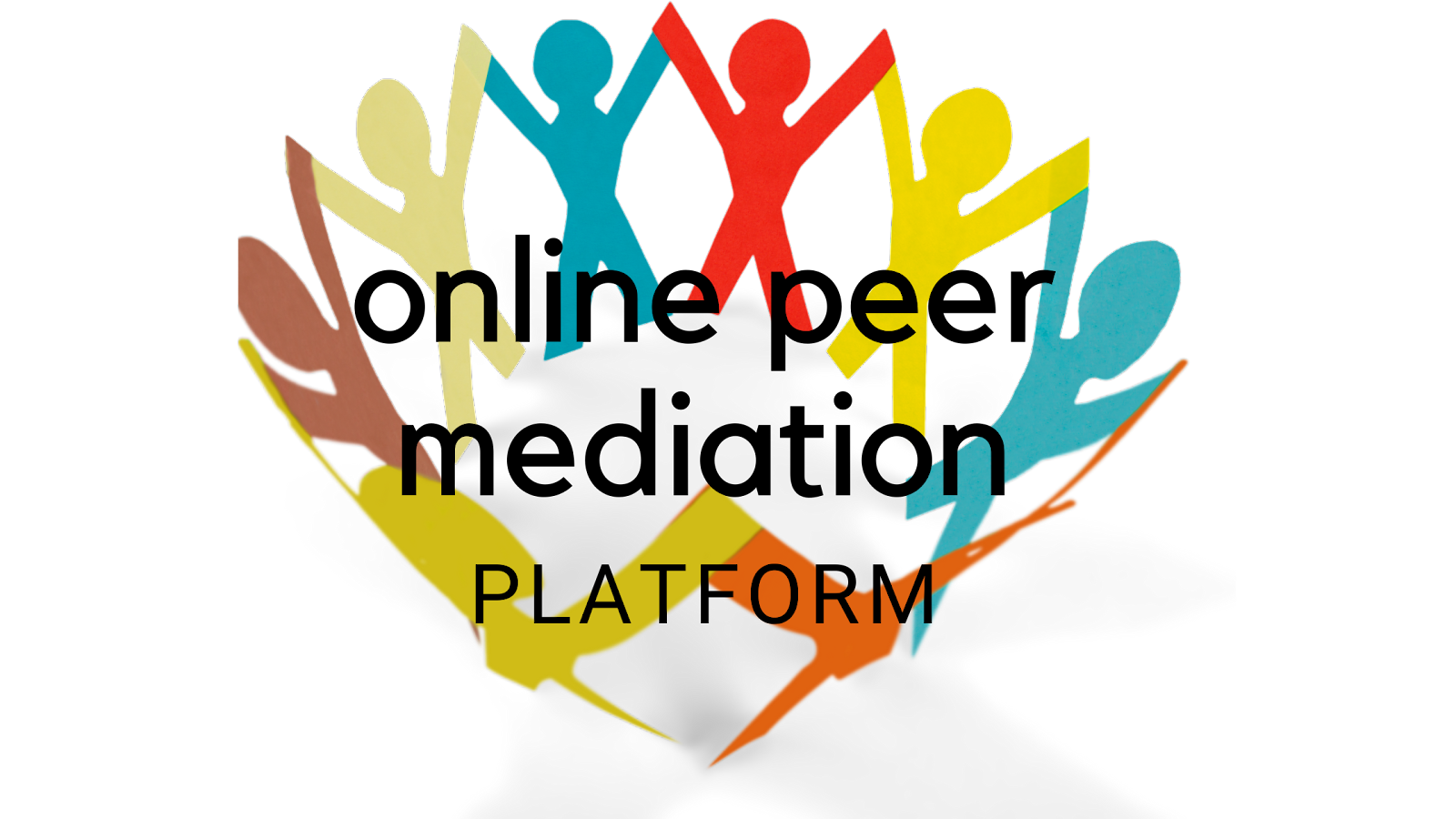This is the third article in the Trauma Informed series written by Darby Munroe, Ph.D. student from Nova Southeastern University.
Trauma
informed approaches to learning can be implemented on a school wide level. The previous article mentioned trauma
informed accommodations teachers could use in the classroom to prevent and
reduce school conflict. Here, more
accommodations for teachers and students will be mentioned.
Trauma
informed approaches to regular school and classroom activities
The
graphic below depicts additional accommodations schools can use to help prevent
and reduce conflict. This particular
graphic show coping strategies for PTSD (Post Traumatic Stress Disorder). Many think that PTSD is something that only
military veterans can get, but other people, including students, can also
experience it and its symptoms. Many of
the symptoms of PTSD are related to the reactions of fight, flight and freeze
(discussed in previous article).
Spending
time with people is an important way to foster connection and
relationship. Humans are wired for
connection and need community to thrive.
Mindfulness can help calm the body and focus the brain. Apps like Calm and Headspace both have free
accounts for teachers to use. Exercise
and movement can help regulate and calm the body. Walking, yoga, stretching, dancing can all be
done in class. PE, recess, bodyweight
exercises and interval training can be done in short amounts of time and still
provide feel good hormones to the body and brain. Journaling is a wonderful way for students to
get their distracting thoughts out of their heads before activities where they
need to concentrate. Teachers can have
specific notebooks for journaling, that are kept in a locked filing cabinet, to
protect student privacy. Many schools
and school districts are starting to providing a mental health counselor on
each campus for students to see during the school day, usually during an
elective. This helps students get the
mental health care they need, especially if they don’t have transportation to
an office off campus. Lifestyle changes
can also help regulate the nervous system.
Going back to Maslow’s Hierarchy of Needs, making sure basic needs are
met can provide students with overall healthier life experiences. Better sleep, which may include less
homework, good nutritious food, feeling safe and welcome, and being a part of a
community are good lifestyle goals that can be create within classrooms.
Peer
mediators are students who are trained to help facilitate conflicts at school,
under the supervision of school faculty.
Some schools have dedicated peer mediation programs, as course electives
or after school activities and clubs.
Other schools may view peer mediation and restorative circles as a
response to disciplinary issues, instead of preventative practices. The teachers and students who facilitate peer
mediations can also implement some of the trauma informed accommodations that
have been mentioned. Another
accommodation that could be used by peer mediators is online peer
mediation. If there are students who
have been in a conflict together, it might be uncomfortable, and even
triggering or traumatic, for them to be in the same room together for a
mediation (or circle). By doing the peer
mediation online, students would not have to be in the same room, eliminating
potential triggers. This would help the
students to feel safer, and allow them to access their pre-frontal cortex, so
they can participate fully, instead of being stuck in fear mode, or in fight,
flight or freeze mode.
How
to connect and network with other peer mediators and peace educators
This
list of accommodations on how to make schools and peer mediation trauma
informed is not all encompassing. An
excellent way to learn more is for teachers to network with other professionals
who are already practicing trauma informed approaches and peer mediation, and
learn from them and alongside them. For
in person networking, teachers can see if their school has already implemented
and supports these programs. They can
look for these programs and trainings in their own school districts. They can attend conferences and trainings on
trauma informed education, peer mediation, and restorative justice.
There
are even more opportunities to network with like-minded professionals
online! Teachers might already be on
popular social networking platforms, like Facebook, Twitter, Instagram, and
LinkedIn. They should be careful to keep
their personal accounts private and establish a professional account for their
professional activity. Facebook has many
groups teachers can join on trauma informed education and restorative justice
in education. Instagram has great
graphics and pictures for people to follow.
Twitter utilizes hashtags for teachers to find topics and people to
follow. It is one of the easiest
platforms for professional to connect on, and peers are quick to respond to
questions. Sometimes there are twitter
chats discussing a specific topic or a book.
LinkedIn is much more professional, but functions similarly to
Facebook. All utilize hashtags, and if
active on all of them, cross posting will be noticeable. It is not necessary to network on all of
these platforms. Pick one and be intentional about building a network around
trauma informed education, peer mediation, and restorative justice in
education.



Comments
Post a Comment